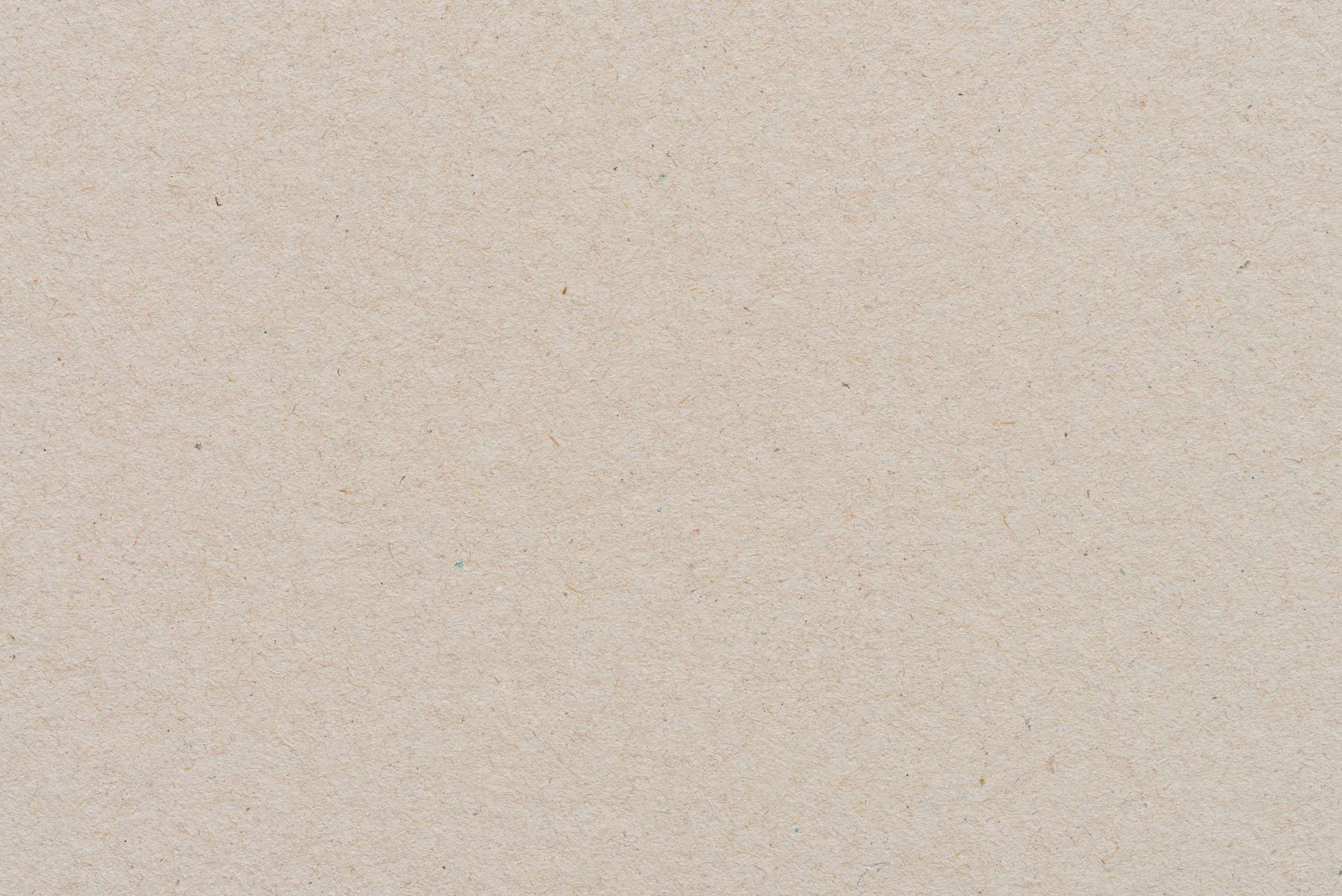
Rocks and Minerals
LESSON 1
Children explore how rocks and minerals make up a part of soil by engaging in a hands-on experiment, reading a story, and collecting soil samples.
The book “Up in the Garden and Down in the Dirt” by Kate Messner
Two rocks for rubbing together.
Coffee filter, paper towel, bowl, or plate (to collect the small pieces of rock)
Mason jars with lids
Small trowels (optional)
Baking sheets
Water
Materials
Gather a few rocks.
Set aside the mason jars and small trowels for easy access.
Gather additional materials.
Preparations
Awaken children’s interest in rocks, minerals, and soil.
Provide opportunities for children to expand their curiosity and scientific thinking as you both participate in question-asking and discussions about the natural world.
Facilitate a safe and positive learning environment.
Assist children in collecting soil samples.
Objectives for Teachers
Children strengthen their knowledge about rocks and minerals, and how they relate to soil.
Children demonstrate curiosity through observation, question-asking, and discussion.
Children use their senses to explore different types of soil, noticing differences and similarities.
Children practice listening and comprehension as they engage with the story.
Objectives for Children

Collect and Connect
Create actions and practice saying the poem “Dirt on My Shirt” together.
Dirt on My Shirt
By Jeff Foxworthy
There’s dirt on my shirt,
And leaves in my hair.
There’s mud on my boots,
But I don’t really care.
Playing outside is so much fun,
To breathe the clean air,
And feel the warm sun.
To stomp in a puddle,
Or climb a big tree,
Makes me quite happy,
Just look and you’ll see.

Activity Flow
Begin this unit by telling your child you are going to be exploring the world of soil. To spark their curiosity, ask some questions:
Do you know what soil is?
What do you know about it?
What do you want to know about soil?
Why do you think soil is brown?
2. Encourage them to share their thoughts and questions, writing them down so you can revisit later. Then, explain that soil is like a puzzle made up of many pieces, and today they'll learn about rocks and minerals, an important part of soil.
3. Ask your child if they know what rocks and minerals are. Allow them to answer, and if they need a little more insight about rocks and minerals, here is some information to help you guide a discussion:
Rocks and minerals are like the Earth's building blocks. Rocks are made of different minerals stuck together. They can be big or small, smooth or rough, and come in colors like gray, brown, or shiny gold. Minerals are the tiny pieces that make up rocks, each with its special properties, like color and shape. Some are shiny like diamonds, some colorful like rubies, and some smooth like talc. Rocks are a collection of these minerals, squished together over a long time.
4. Now share that today's activity will help us learn about how rocks and minerals end up in our soil. You can take two rocks and rub them together over a plate or paper towel, allowing the friction of the rocks rubbing to break off and create smaller pieces of rock. This demonstrates how soil is made up of small pieces of rock. After the activity, ask questions like:
What happened to the rocks?
How do you think rocks break down into small pieces in nature?
5. Explain that weathering is what causes rocks to break into smaller pieces because of things like wind, water, and changes in temperature. This happens slowly over time.
6. Next, head outside to explore soil hands-on. Bring trowels for digging and a few mason jars for collecting soil samples. Look for different types of soil, like rocky soil, compost soil, or soil from a flower bed. Collecting samples from different places helps us see that soil varies. While collecting, notice the differences in color, texture, and how hard or soft the soil feels.
7. After collecting soil samples, pour water into each jar and seal them with lids. Shake the soil samples and let them settle for a few days. Spread the soil from one jar onto a baking sheet to let it dry completely over the next few days. You will use this dry soil sample for lesson 6.
8. After the activity, introduce and read the story "Up in the Garden and Down in the Dirt." Before reading, explain that this book tells the story of a girl who gardens with her nana. As we read, we will be able to see what’s happening above and below the ground in the garden. Encourage them to look for what’s happening in the soil.
9. After the story, follow up with some questions:
What kinds of things did you see in the soil during the story?
Why is the soil important to the little girl and her nana?
Why is it important to insects and animals?
What have you seen in the soil?
If you wrote down questions or wonders from the beginning of the lesson, revisit those and see if any of them were answered.





